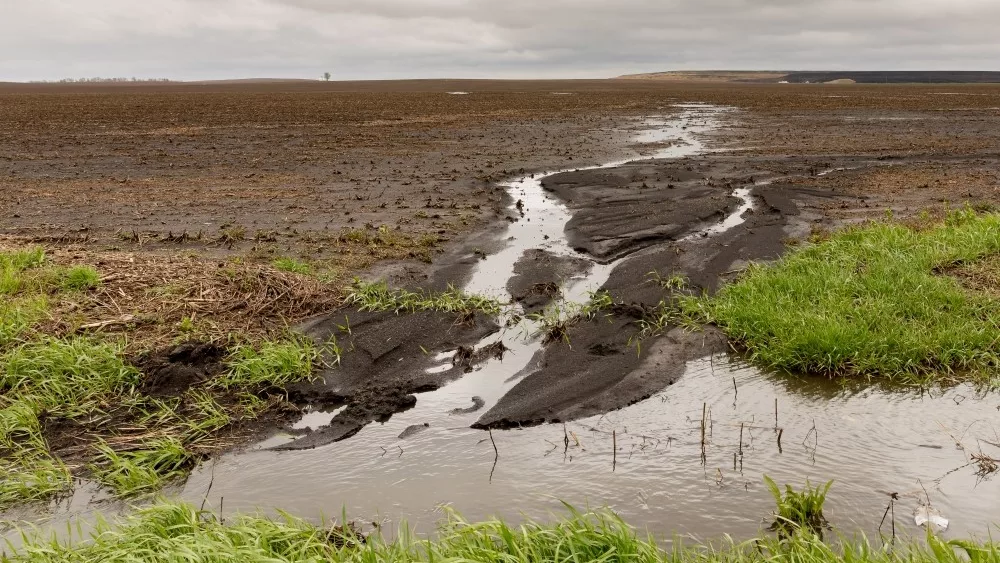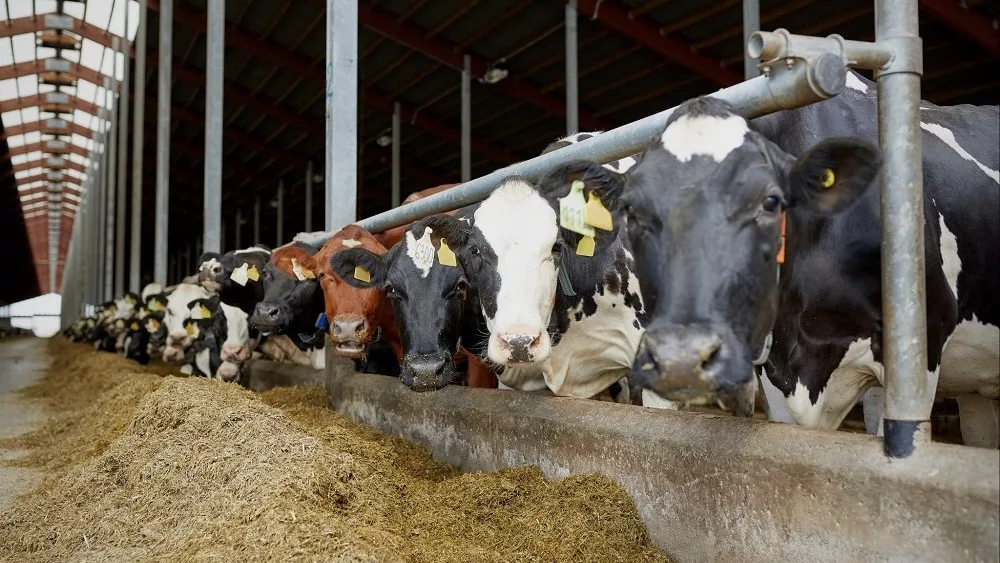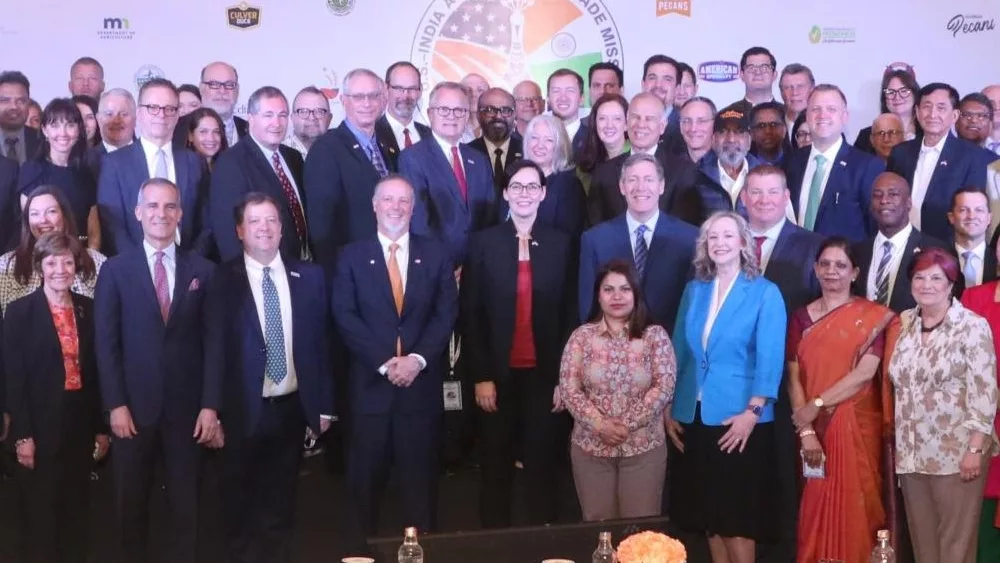
The U.S. House of Representatives has overwhelmingly passed the Paycheck Protection Program Flexibility Act of 2020 (H.R. 7010), which amends several key provisions in the Small Business Administration’s Paycheck Protection Program of PPP for agricultural employers.
Many of the changes in the House bill provide flexibility in length of time for repayment and rehiring as well as how the loan proceeds must be spent. The Senate is considering its own version of the legislation along with the House version this week.
While farmers seeking loans during the COVID-19 emergency welcome the flexibility the House and Senate bills would provide, Michigan Farm Bureau National Legislative Counsel John Kran said several outstanding questions remain related to rental expenses, H-2A workers and the availability of additional funds for those shut out of the program.
“Under current regulations, a PPP loan recipient is required to spend at least 75% of the loan proceeds on payroll costs to qualify for full loan forgiveness,” Kran said. “The remainder of the loan proceeds can be used on certain employee benefits relating to health care, interest on mortgage obligations, rent, utilities and interest on any other existing debt obligations.”
According to Kran, if a farm was approved for PPP funds but spends less than 75% of the loan proceeds on payroll, the difference between the amount actually spent on payroll and the 75% threshold is not forgiven, under the current PPP guidelines, which stipulates that PPP funds must be spent within eight weeks of receipt on qualifying expenses.
“Both bills would extend the time period for businesses to spend the loan proceeds from the current eight-week period to 24 weeks in the House bill and 16 weeks in the Senate version, which is significant in determining loan forgiveness,” Kran said.
State-level shelter-in place Executive Orders have also posed a Catch-22 scenario for PPP recipients, who have been required to shut-down while also being required to rehire employees or restore payroll levels without incurring any reduction in the forgiven amount by June 30, 2020. Both the Senate and House bills would extend the rehiring window to Dec. 31, 2020, giving businesses an additional six months.
In addition, both measures provide an exemption in eligibility for loan forgiveness for employers unable to rehire an employee or a replacement, if the business is unable to return to the same level due to compliance with social distancing guidelines or an inability to hire similarly qualified employees.
Ag issues still remain
While the House and Senate bills improve the PPP, the measures are missing provisions that would make the program more helpful to farmers, according to Kran.
“The IRS ruled that expenses incurred by businesses that are paid with PPP loan proceeds are non-deductible and thus subject to taxation,” Kran said. “While many believed the intent of Congress was that loan forgiveness would be non-taxable, the legislation did not explicitly state this.”
Without a legislative change, Kran said the loan amount and interest on the loan assistance will be taxed as income.
Another key point of contention is clarification of SBA’s definition of “rent” in the agricultural sector, said Kran.
“While rent is understood as it relates to a storefront, farmers rent a wide variety of business-related items including equipment, land and buildings. Clarification that rent encompasses all these business-related items would be helpful,” he said.
Michigan specialty-crop producers are currently prohibited from including wages paid to H-2A workers in their PP loan forgiveness calculations, since many of those workers fail to meet the “principal place of residence” test requires PPP funds be used only for employees living in the U.S. for more than six months.
“Wages paid to H-2A workers are a considerable expense for non-mechanized commodities and excluding them is counter to helping businesses with high payroll expenses,” Kran said.
According to Kran, $510.2 billion in PPP loans have been approved through May 30, 2020, spread across 4,475,599 loans.
“Unfortunately, only $7.6 billion of those funds, or 1.5%, have been given to agriculture, forestry, fishing and hunting operations, which demonstrates the need for additional PPP flexibility in the agricultural sector,” Kran said. “So Michigan Farm Bureau appreciates the full support of Michigan’s congressional delegation in approval of the House language.”
Michigan Farm Bureau and Michigan Farm News are committed to providing its members and readers with the latest news and information on the COVID-19 pandemic. For news, updates and resources, visit https://www.michfb.com/MI/Coronavirus/. The page will be updated daily as more information becomes available.





